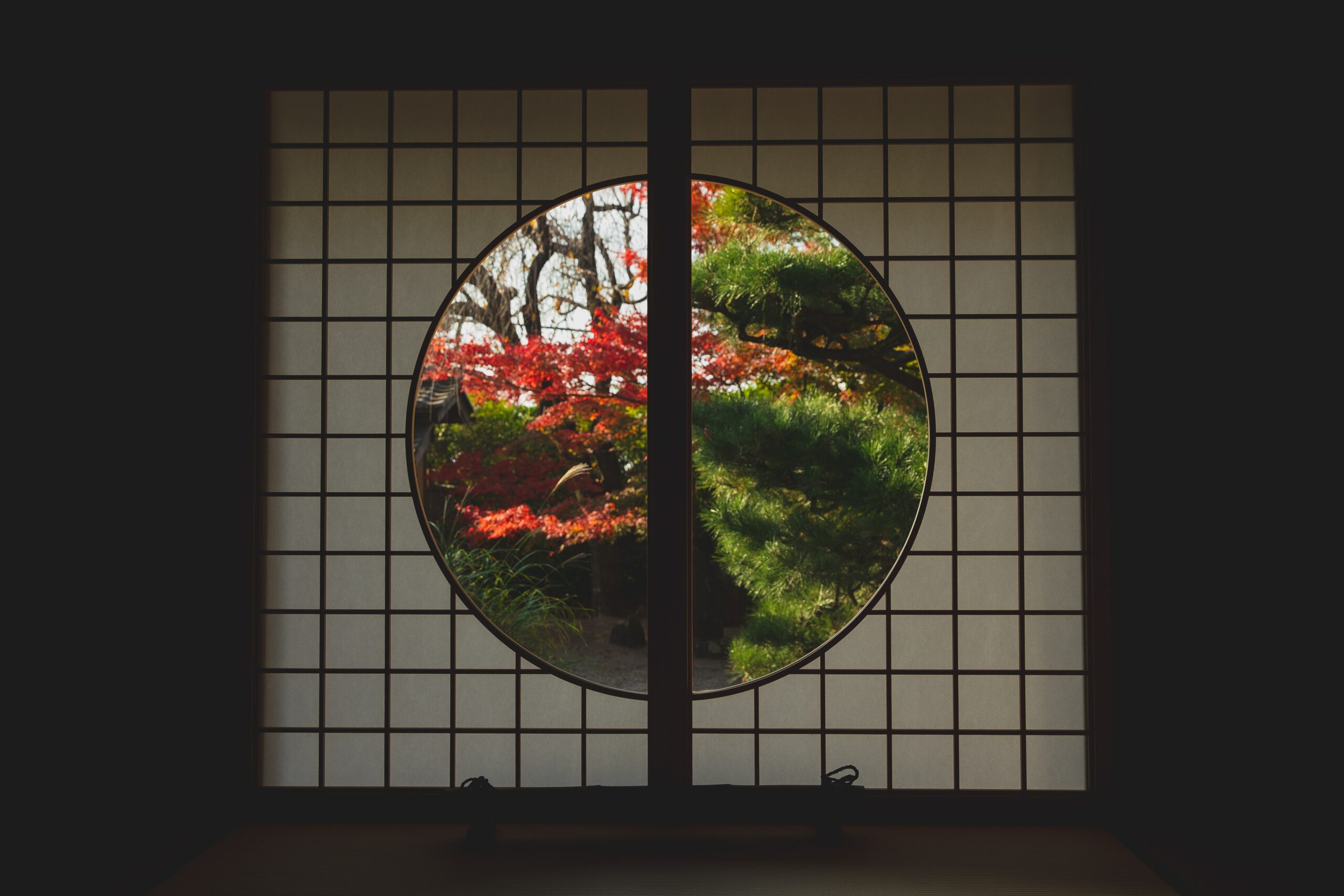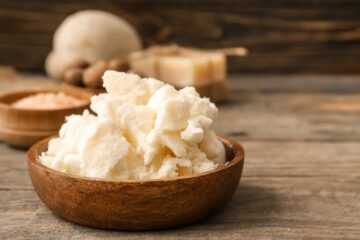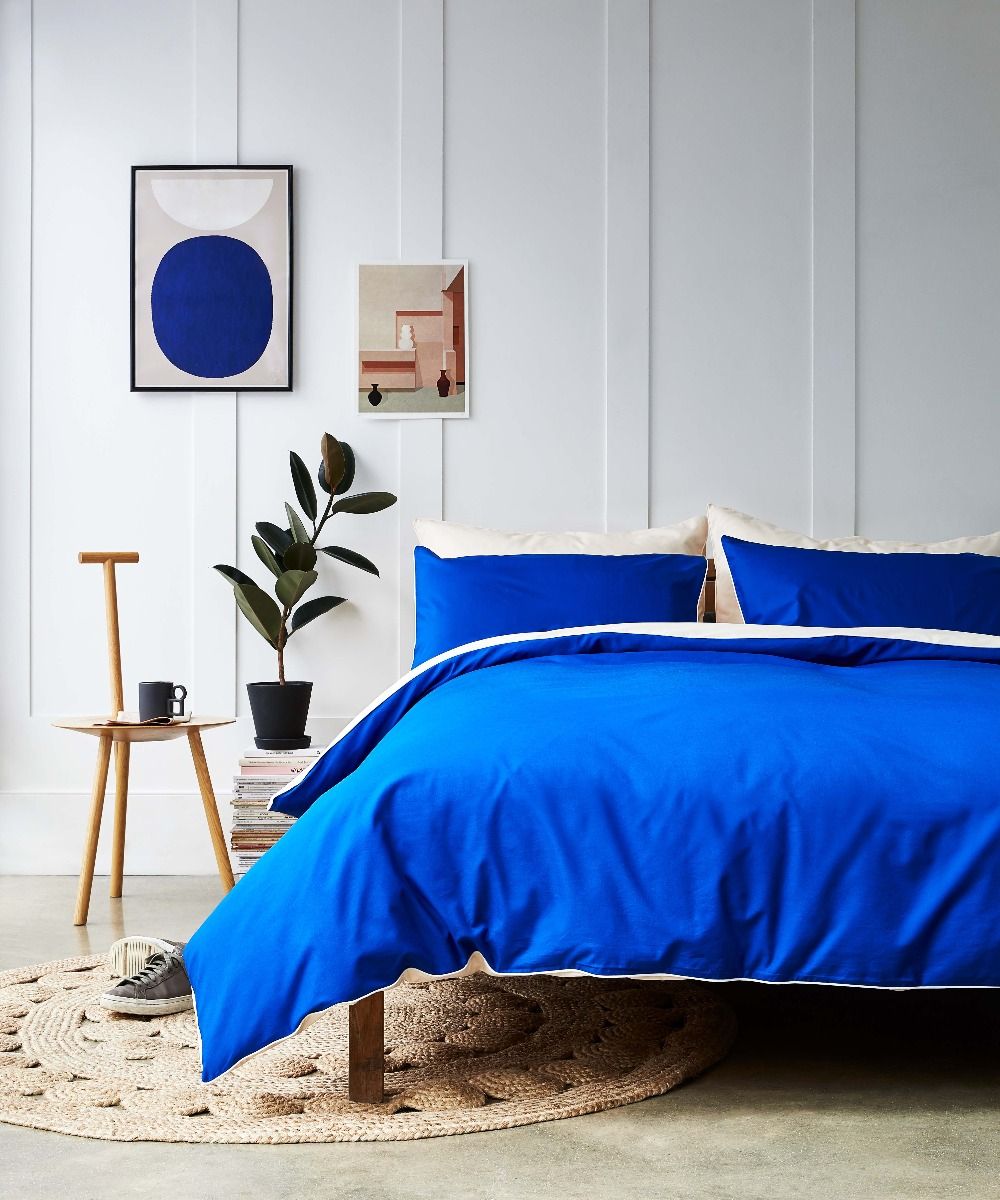Sleep habits in different countries tend to vary far more than most people anticipate.
The fundamental similarity of a flat surface to sleep on pervades, but there is often more variety than you expect. Looking at different cultures’ variations in lifestyle is a topic that is valuable for developing a better understanding of the world around us. It also provides insight into ways we could adapt our own habits in beneficial, fun, and interesting ways.
Sleeping habits in Japan differ quite dramatically to those in the West. Many of those ways could be worth adopting.
Bedrooms
The main difference in Japanese bedrooms is that they sleep on the floor. Their beds, instead of being made up of a mattress and large bed frame, are constructed of several layers of bedding on the floor.
This is because traditional Japanese homes have floors made of tatami mats – soft grass and straw stuffed mats that act in a similar way carpet does in Western homes. This is not a surface you can put a large wooden bed frame on.
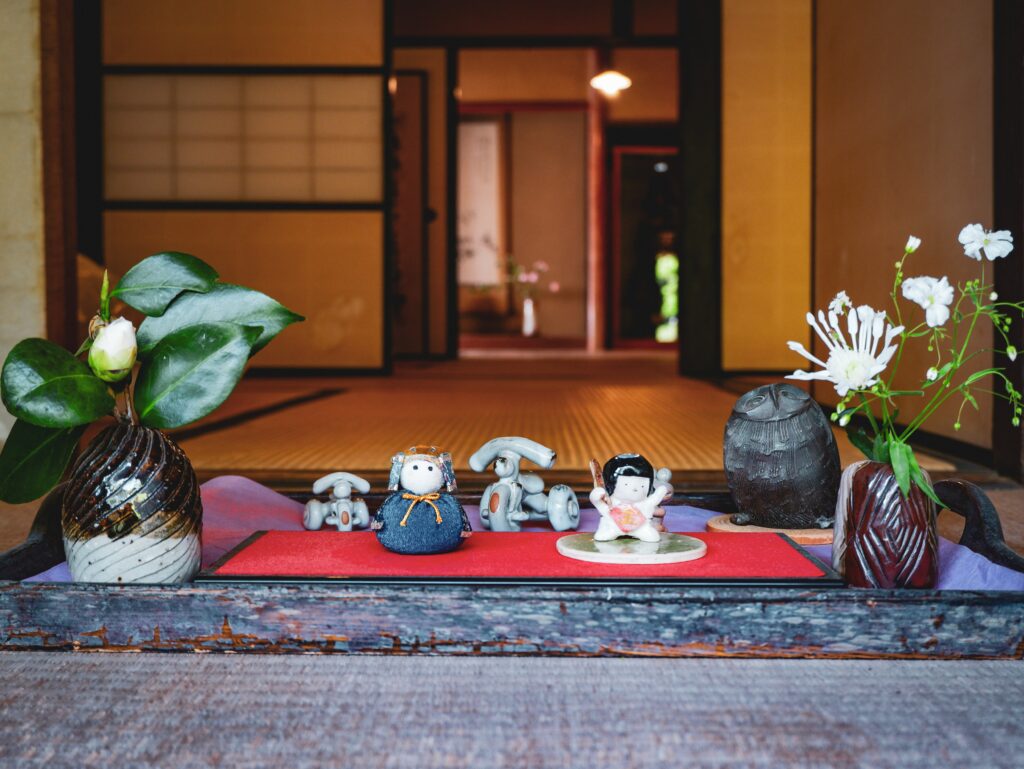
Also, this arrangement is often space saving as the beds (or rather, a specific kind of futon) are rolled up and put away every morning. Space is a more sought after commodity in Japan than in the West. Large, closely built cities have its inhabitants trying to makes the most of small living spaces, some even without a bedroom.
What makes Japanese beds different?
The tatami mats I mentioned before make up the bottom sleeping layer of Japanese beds. They act as a soft base to build upon and support for the sleeper. The additional layers above the tatami mat are a shikifuton/shikibuton (the main mattress), a kakefuton/kakebuton (the duvet), and a buckwheat hull pillow.
The shkifuton is like a small firm mattress made of cotton. Each morning, it is either rolled up or hung out to air in the sun (to prevent mold or mildew), and opens up the space.
The kakefuton is a traditional Japanese duvet filled with and made from silk fibers. It is acts well as a cover fro sleeping due to being made of silk, which has a number of benefits such as retaining and evenly spreading heat, being hypoallergenic, and being inhospitable to dust mites.
Lastly, the buckwheat hull pillow. It is firm due to being full of washed and usually organic buckwheat hulls contained in a sleeve with a fabric cover over the top. The amount of hulls within the sleeve can be adjusted for the firmness and comfort level of the sleeper.
Benefits
Firstly: temperature.

One of the reasons for sleeping on the floor is it keeps you cool. In Japan’s humid summers, this is very important.
However, it is also pleasant for hot summers further north of the equator too. With the recent increase in hot summers, this might be the way forward.
Secondly, it is very good for space saving. You can fold away your sleeping area and have that bit of extra space. It’s a great arrangement if you want to have a more minimalist lifestyle too. However, if you’re not that stuck for space, it loses some of the charm when you must sacrifice part of your morning routing putting it away.
Finally, it’s also eco-friendly!
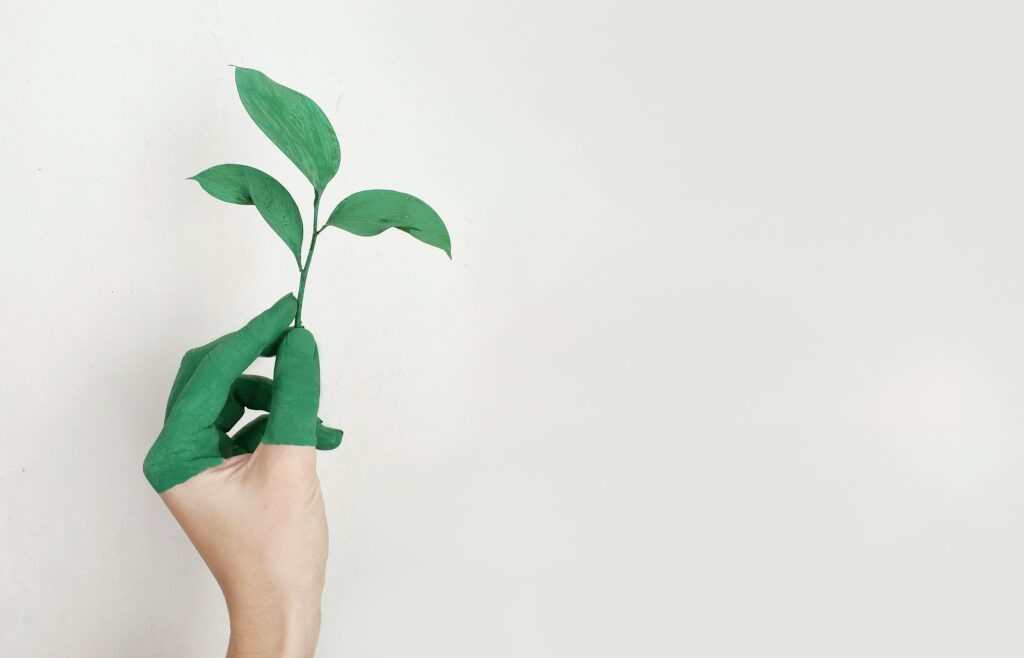
All the materials involved are sustainable. The tatami mats are straw, shikifuton is made of cotton. The kakefuton is made of silk, and the pillow is buckwheat.
All of this makes Japan’s sleeping habits very appealing. Who doesn’t need more space and a smaller carbon footprint?
Still, I doubt many of us will be giving up our large comfortable western beds anytime soon. But knowing that there are alternatives is never a bad thing.

